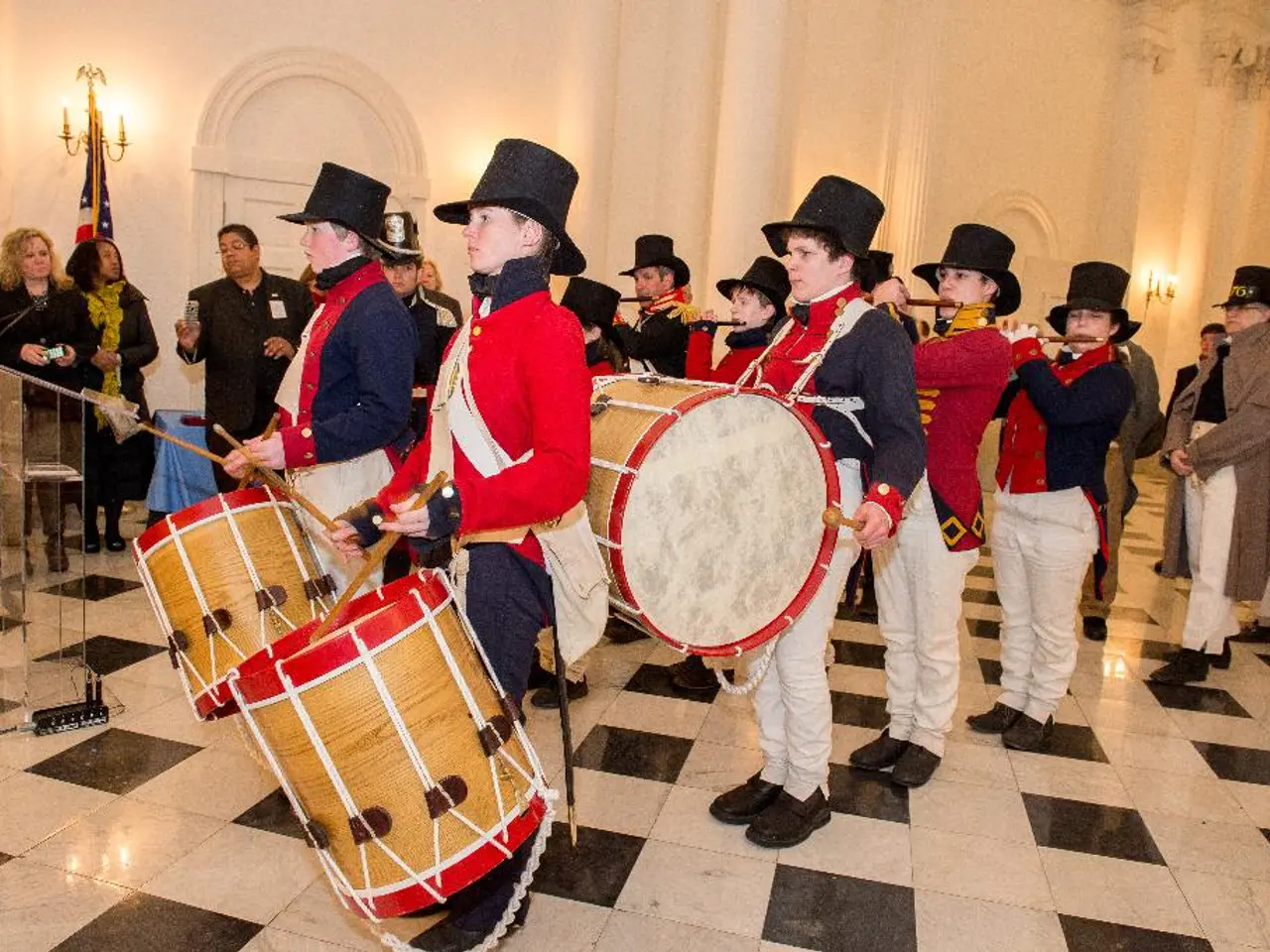Development of Messaging Techniques Through the Ages
In the realm of human interaction, communication has been a constant evolution, tracing its roots back to the earliest known forms around 30,000 BCE. These early forms included non-verbal methods such as cave paintings and petroglyphs, serving as symbolic representations for sharing information visually [2][4].
As hominins evolved, spoken language developed, with the most basic forms emerging around 50,000 years ago [2][3]. The first writing systems, like cuneiform and hieroglyphics, appeared around 3000 BCE, marking the beginning of recorded communication [2][4].
Communication theories have evolved significantly over time, incorporating psychological, social, and transactional elements in the 20th century [1]. From ancient models, such as Aristotle’s framework focusing on speaker, message, audience, occasion, and effect, communication theories have grown complex and diverse.
Technological advancements have played a pivotal role in this evolution. Communication moved from early media like drama, papyrus, and the printing press to telegraphic and telephonic systems in the 19th century and now digital and social media today, transforming how messages are encoded and decoded across distances and contexts [4][5].
However, this technological revolution in communication has not been without its challenges. Issues such as information overload, privacy concerns, misinformation, and the potential for misinterpretation in digital communication, as well as the digital divide, pose significant hurdles [1].
Moreover, social media platforms such as Facebook, Twitter, Instagram, and Snapchat have transformed human communication and public discourse. While they have facilitated global interaction, they have also raised concerns about privacy, misinformation, and online harassment [1].
Looking ahead, the future of communication is likely to be shaped by ongoing social and cultural shifts, including globalisation and the emergence of new forms of cross-cultural communication. Emerging technologies such as virtual reality, artificial intelligence, and quantum computing will further revolutionise communication, creating new opportunities for collaboration, creativity, and innovation while also raising new challenges related to privacy, security, and ethical use [1].
The use of colour in web design can greatly influence the way a message is conveyed to the audience, further demonstrating the intricate relationship between technology and communication [1]. In essence, the story of human communication is one of continuous adaptation and innovation, a testament to our species' ability to adapt and grow in the face of technological change.
References: [1] McQuail, D. (2010). McQuail's Mass Communication Theory: An Introduction. Sage Publications. [2] Trigger, B. G. (1990). A History of Archaeological Thought. Cambridge University Press. [3] Mithen, S. (1996). The Prehistory of the Mind: The Cognitive Origins of Art, Religion, and Science. Thames & Hudson. [4] Ong, W. J. (1982). Orality and Literacy: The Technologizing of the Word. Methuen. [5] Jenkins, H. (2006). Convergence Culture: Where Old and New Media Collide. NYU Press.
Cultural traditions are now shared and celebrated through digital platforms, blending ancient practices with modern social-media entertainment, leaving an inherent imprint on global communication. This fusion of traditional norms and contemporary technologies signifies a new era in cross-cultural exchanges and interactions, further emphasizing the continuous evolution of human communication.








